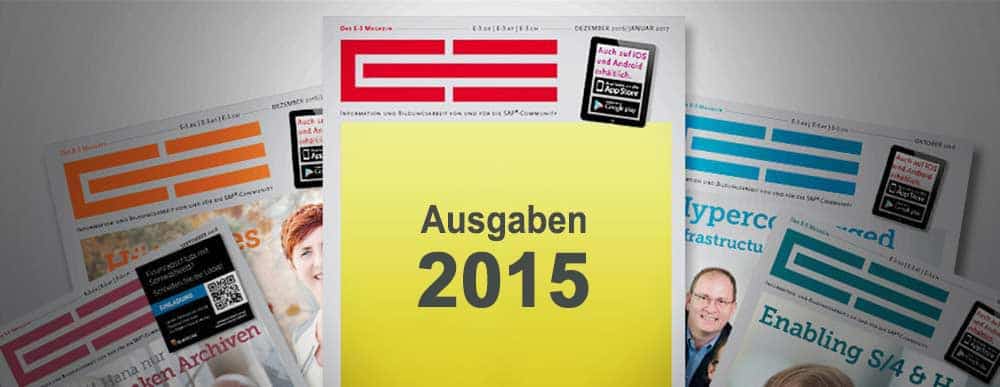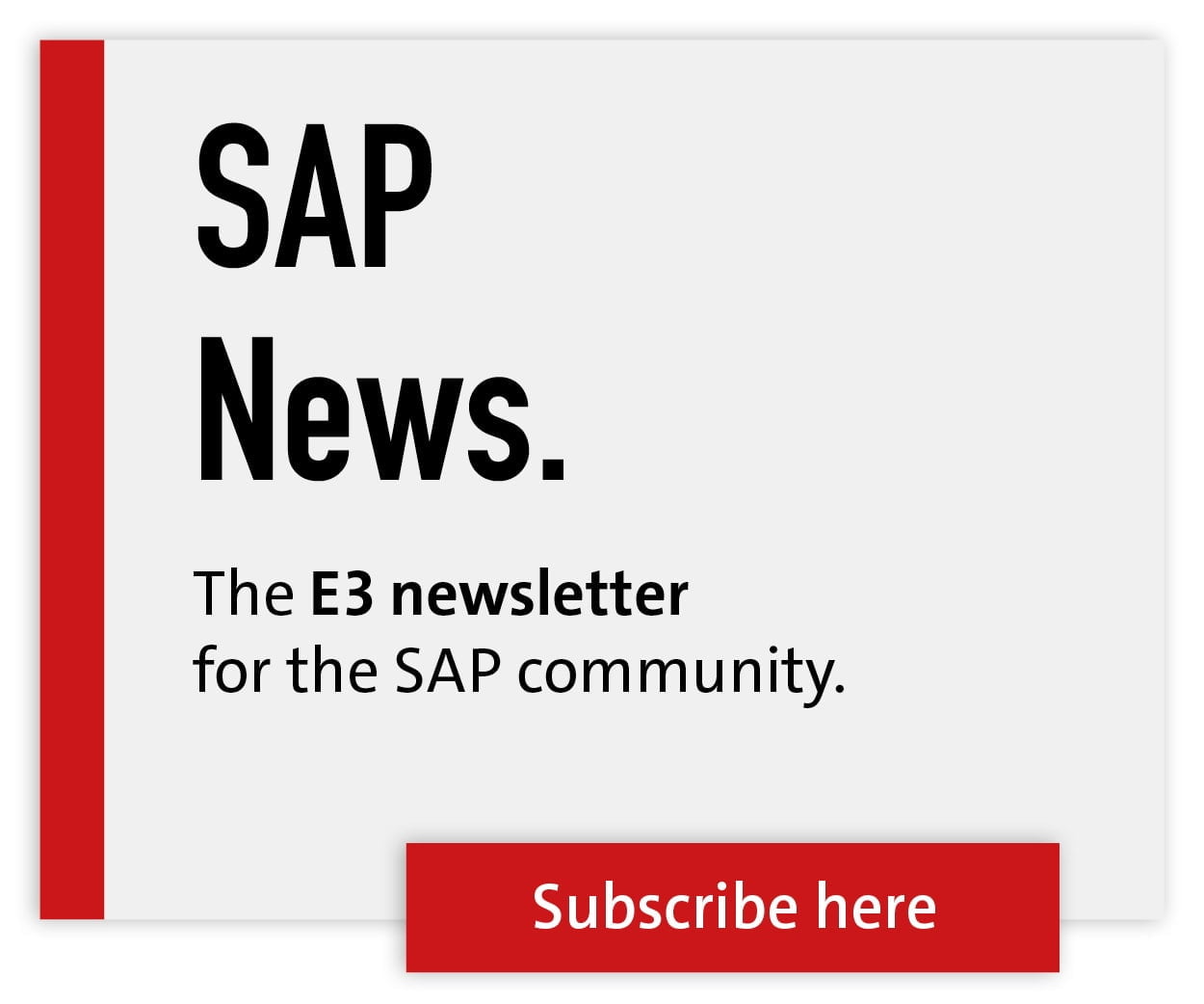Maximum automation, minimum business risk


Business models and value chains often change in parallel with the digital transformation. In addition, innovation cycles are becoming ever shorter, new potential is being created by technologies such as mobile, in-memory and cloud computing, and the framework conditions are changing.
In practice, this leads to a large number of change requests, all of which must be implemented securely and efficiently. The aim here is to minimize or completely avoid risks when importing into productive SAP systems.
Automate processes ...
In order to maintain an overview and avoid risks for productive operations, a consistent and stable process is required in SAP change and release management - from the central recording, evaluation and approval of change requests, through their development, testing and documentation, to the controlled import of the associated SAP transports into the target systems.
In practice, things often look different: It is not uncommon to find time-consuming and error-prone processes, media disruptions, incomplete documentation of changes and a lack of control mechanisms.
As many activities are carried out manually, the resources and coordination required as well as the number of subsequent corrections are correspondingly high. This sometimes results in costly system failures. The solution is obvious: maximum automation in SAP change and release management.
... and comply with the help of software
With the help of the latest software solutions, such as SAP Solution Manager or theGuard! SmartChange from Realtech, SAP change and release management processes can be made consistent, stable and secure and their quality significantly improved.
This starts with the structured, complete and, above all, documented recording of change requests. Workflows then automatically forward these to the relevant person responsible, such as a change manager, for review, approval or development planning.
This means that every change can be tracked. Even at a later date, it is possible to see who requested the changes, who approved them and ultimately who implemented them.
It is also important to ensure a consistent IT-supported overall process for the technical implementation of changes. This is done via binding, role-based release and approval workflows with automatic notifications.
Those responsible must have an overview of the status of all change and release processes at all times. This means automatically documenting the activities in an audit-proof manner.
There must also be a link between requirements and SAP transports. Automated checking and distribution of transports to the relevant target systems can increase security and efficiency and avoid typical risks for productive SAP systems.
For example, a collision check can indicate if the same or overlapping development objects are in different change requests or transport requests and there is therefore a risk of version obsolescence.
Transports can also be checked for critical objects or dependencies defined in advance. And when checking transports for completeness, it is possible to check whether objects required as part of a change are present in the transport request or in the target system before importing them into a target system.
This avoids errors and downtime in productive systems caused by missing objects or incorrect object versions. Finally, some solutions can even check the Abap code in transported objects for potential security gaps and other vulnerabilities.
Even if it sounds simple: In practice, there are still very many companies that forego many of the options mentioned when making changes to business-critical SAP systems - and thus not only waste resources, but also accept risks in the operation of their SAP systems It is usually no longer enough to review transport lists in appropriate committees and make them available to SAP Basis administrators or carry out random checks.
In the age of digital transformation, it is becoming increasingly important to support changes to increasingly complex and dynamic SAP system landscapes with modern IT solutions, making them more secure, efficient, transparent and traceable at all times.




